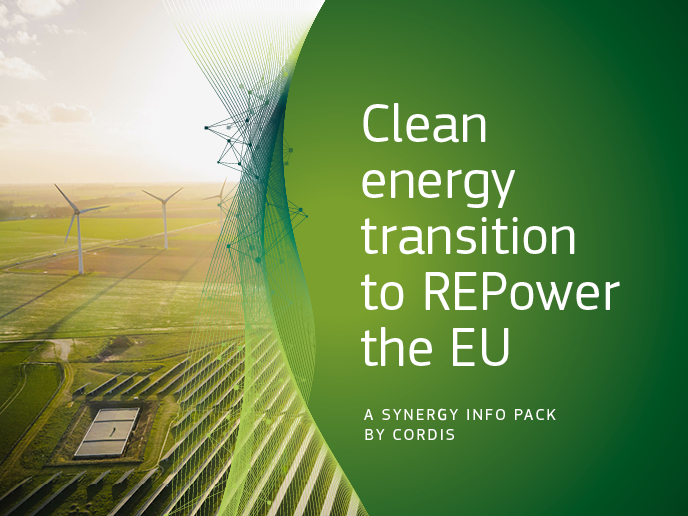Improvements in turbine engine design from fluid dynamics
Effective heat transfer and fluid flow in turbine cooling systems is an important factor in the efficiency of turbine engines. Improved engine design would result in reduced fuel consumption and a longer component life-time due to lower cooling air temperatures within the engine. With an aim to improving the design of gas turbine internal cooling systems, the problems of heat transfer and fluid flow within these systems has been investigated. Specifically, rim sealing effectiveness as a function of rim sealing flow and rim seal geometry was investigated. The positioning of seals relative to other engine components, and variations in seal gap were explored. Correlations have been found which have the potential to reduce the amount of testing and instrumentation required during engine development, and to reduce engine fuel consumption by up to 1% through a reduction in the rim sealing flow. Another method being used in order to improve design is that of gold standard CFD modelling. This method can produce fully three dimensional, time-dependent predictions of gas ingestion at a turbine disc rim. Main annulus flows and front and rear wheel flows are modelled to establish the optimum conditions for rim seal gaps. With further development, the model will have the ability to represent the major physical flow mechanisms. These tools for improved design can be exploited by both advanced aircraft and electrical power generation gas turbines. The project will enable European turbine engine manufacturers to improve their performance and remain competitive.







